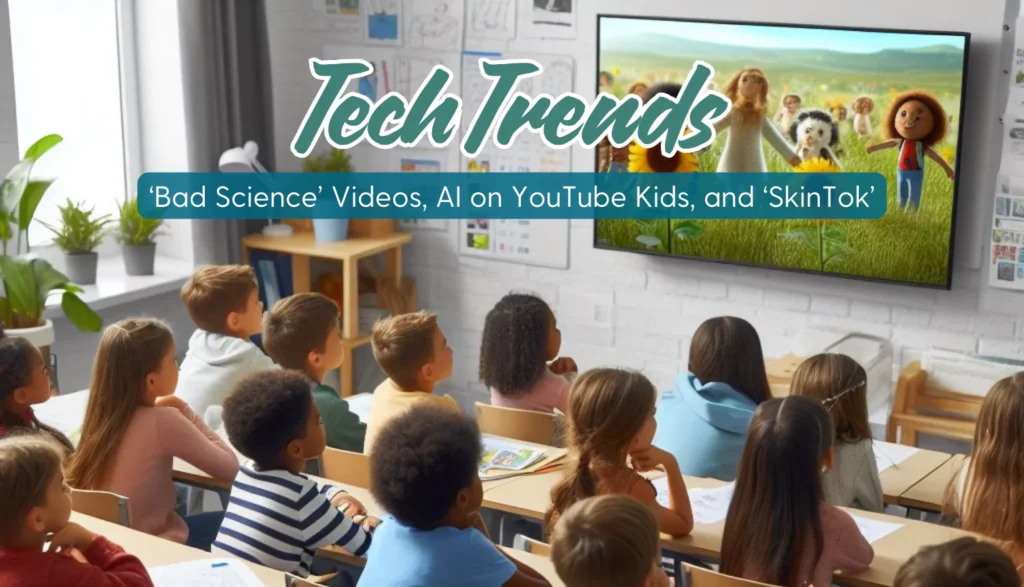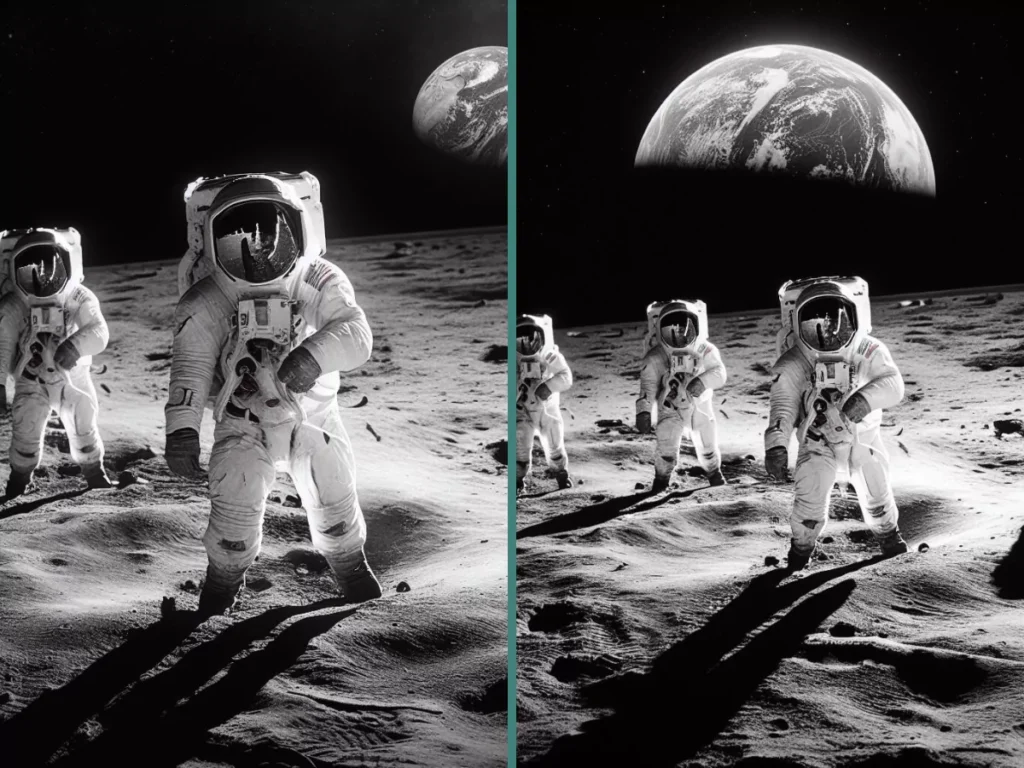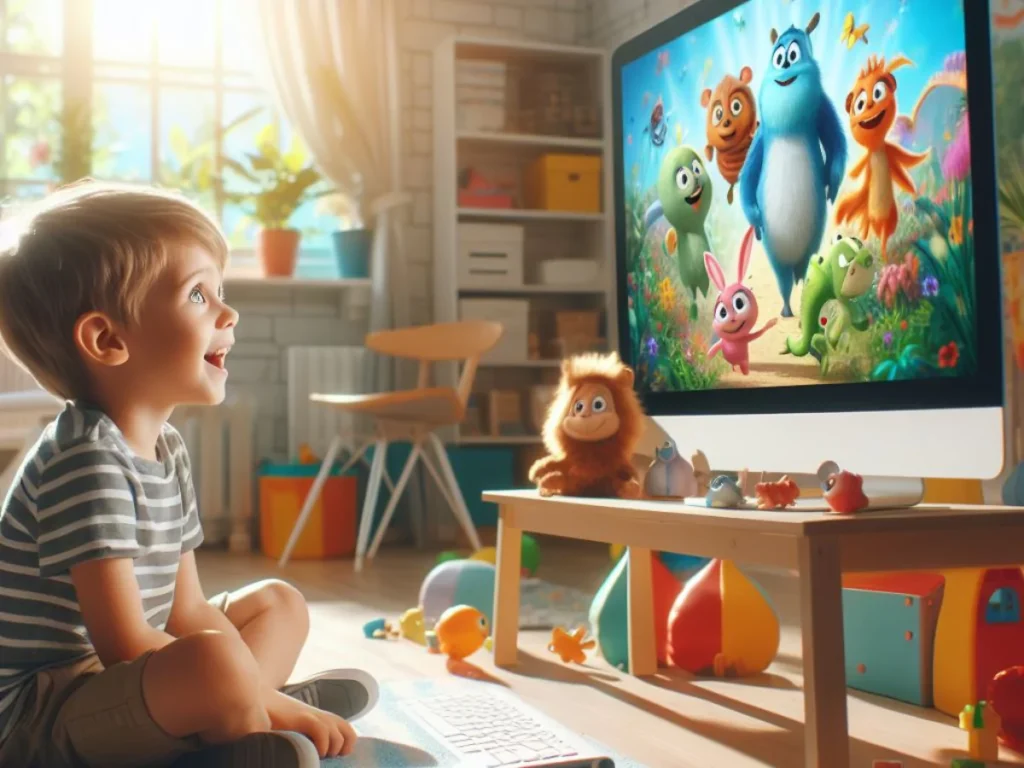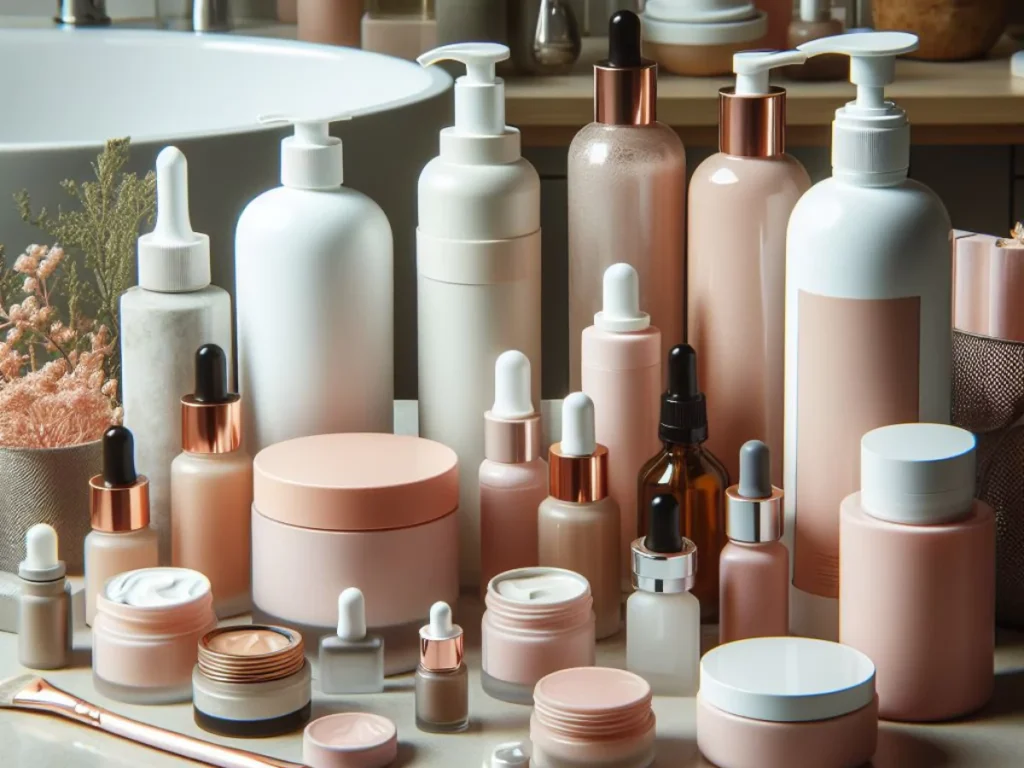
Tech Trends: AI Cheating, ‘Dumb Phones’ and Teen Slang
This month: how to stop your child from using AI to cheat, why dumb phones might be a smart screen-time solution, and a list of tween and teen slang

Each month, Plugged In publishes a blog with the latest technology and social media trends.
We’ll let you know what changes to keep an eye out for. We’ll offer some tips about how to handle technology in your family. And of course, we’ll give you the scoop on those things called “hashtags” so you can stay up to date on all the things your kids might be obsessed with.
Previously, Tech Trends lived on Plugged In’s blog. So ICYMI (“in case you missed it,” for those up on their social acronyms), you can check out February’s Tech Trends, too. From now on, our Tech Trend feature will live here on Focus on the Family’s Parenting page.

A few months ago, the BBC reported on “bad science” videos swarming YouTube that were touted as “educational.” In fact, the videos were actually AI-generated and contained false information. Some of the more elaborate deepfakes even used footage from real scientific channels, using AI to change what the speakers were saying.
What’s more, schoolchildren were believing them.
The BBC set up an experiment to find out how prevalent the problem was. They created several children’s accounts which then watched scientific videos from verified channels. Then, they waited for a “bad science” video to pop up in the recommendations. All it took was one click on one of those fake videos and their feeds were overwhelmed with scientific deepfakes. Eventually, they identified more than 50 channels using AI to promote pseudoscience and conspiracy theories, often racking up millions of views.
But how should parents approach this problem?
Chances are, unless you work in the field, you won’t have completely up-to-date information on new scientific discoveries. You might have read or heard about some stuff in the news; and while that’s certainly a start, how are you supposed to verify what your kids might be learning on YouTube?
Well, this might be the time to teach your kids how to research. Have them play detective to figure out what’s true and what’s false. Likely during their investigation, they’ll learn which sources are reputable and which ones aren’t. And sure, they may not be able to infallibly disprove every fictional video, but hopefully, they’ll start to recognize which channels they can trust and which ones they can’t.

The goal of the “bad science” creators I mentioned above—besides perhaps wanting to watch the world burn as a new generation is fed false information—is simply to make money. The more views, the more cash.
But now, it seems, these types of get-rich-quick creators have found a new target: toddlers.
YouTube Kids has been swarmed with AI-generated content from creators hoping to make a quick buck. Wired reports that a simple web search will pull up dozens of tutorials teaching folks how to make these videos with titles like “$1.2 Million With AI Generated Videos for Kids?” or “$50,000 a MONTH!” And thanks to tools such as ChatGPT, ElevenLabs and Adobe Express’ new generative AI features, it’s easier than ever to “automate scripting as well as audio and video production.”
The videos being created are colorful, eye catching and musical. But, as Kate Knibbs writes for Wired, they’re also “frenetic, loud, unoriginal.” And since they’re so reminiscent of popular YouTube channel and TV show CoComelon, many parents may not even realize what their kids are watching.
These AI-generated videos are often labeled as “educational,” but unlike other meaningful children’s programming, it’s “deeply unlikely that any of these mass-produced AI videos are being pushed out in consultation with childhood development experts,” writes Maggie Harrison Dupré for The Byte.
What’s more is that even with new content labels and disclosure requirements being developed by YouTube, the platform will still largely rely on voluntary disclosure from creators and user feedback to determine what content will be available on the more restricted YouTube Kids service.
So, once again you might be asking, how should parents approach this problem?
Well, for starters, vet the channels your child watches. Plugged In (Focus on the Family’s entertainment review site) has numerous reviews of YouTube channels already, with a new review added each week. (You can also submit a request for a YouTube channel review via Facebook, Instagram or email: [email protected].)
Secondly, try not to leave your child unattended when they’re watching YouTube Kids. Experts say that “active viewing”—encouraging kids to engage with the content on their screens by asking questions about it—can help enhance the screentime experience to be more meaningful and educational overall. But also, you’ll be better equipped to spot those sneaky AI videos if you’re actively engaging, too.

In recent weeks, I’ve talked about “Sephora Babies” and “Skincare Smoothies” in Plugged In’s weekly “On the Radar” feature. Essentially, young children (think Gen Alpha, ages 0-11) have really gotten into skincare thanks to social media. As a result, they’re flocking to stores such as Sephora and Ulta to test these goods (many of which are pricier anti-aging products made for adults) and create their own skincare routines, or smoothies.
Many experts have weighed in, cautioning parents against letting their kids use some of these harsher products (namely those containing acids or retinols) since it could do more harm than good to their young skin. And some brands, such as the über-popular Drunk Elephant, have issued statements letting families know which of their merchandise are safe for all ages.
But what got these kiddos hooked in the first place?
“SkinTok,” a hashtag often used by influencers trying to zhuzh up their boring skincare routines by testing out new creams, serums, masks, etc., has “a staggering 18.1 billion views” on TikTok, says Fashion. Likely, these younger adopters (who technically aren’t old enough to have their own social media accounts per the different platforms’ regulations) gained access to the content via older friends or siblings.
But even Gen Z teens shouldn’t necessarily be obsessing over these products.
“Usually the quick fixes in a skincare routine cause a lot of inflammation,” says Dr. Barbara Sturm, founder of the eponymous skincare line. “These products … are popular on TikTok, but they can be catastrophic for your skin barrier.” Paula Begoun, founder of skincare brand Paula’s Choice, agreed: “The endless hacks and myths and misinformation are mind-numbing.”
So while influencers—skinfluencers?—are doling out advice, listing their favorite products and denouncing the ones that didn’t work for them, experts are urging users not to listen to them.
“Skincare—when done right—is often boring. Good skincare is consistent. But doing the same routine day in and day out doesn’t make for compelling content,” says Jordan Samuel Pacitti, aesthetician and founder of Jordan Samuel Skin. Begoun echoed this statement: “You need consistency with a good skincare routine, but consistency is boring and boring is bad for views.”
So what’s a parent to do?
For starters, try to steer your teen away from the advice of TikTok and toward the advice of licensed professionals. All three experts agreed that “inflammation-causing harsh scrubs, peels and exfoliants, which take center stage in skincare video content, are the most damaging.” So if your teenager is experiencing a bad breakout, instead of going for the quick fix they found online, “scale back to the basics,” recommends Matthew Miller, owner of Matthew Miller Skin. “And remember that it can take two to three months to see the proper results from products.”
But if your kids can’t help themselves trying out a new product, Pacitti advises using products “that feel lovely and luxurious to apply.” Pacitti also suggested using new products on the hands instead of the face since they’re much less likely to react to harsher ingredients.